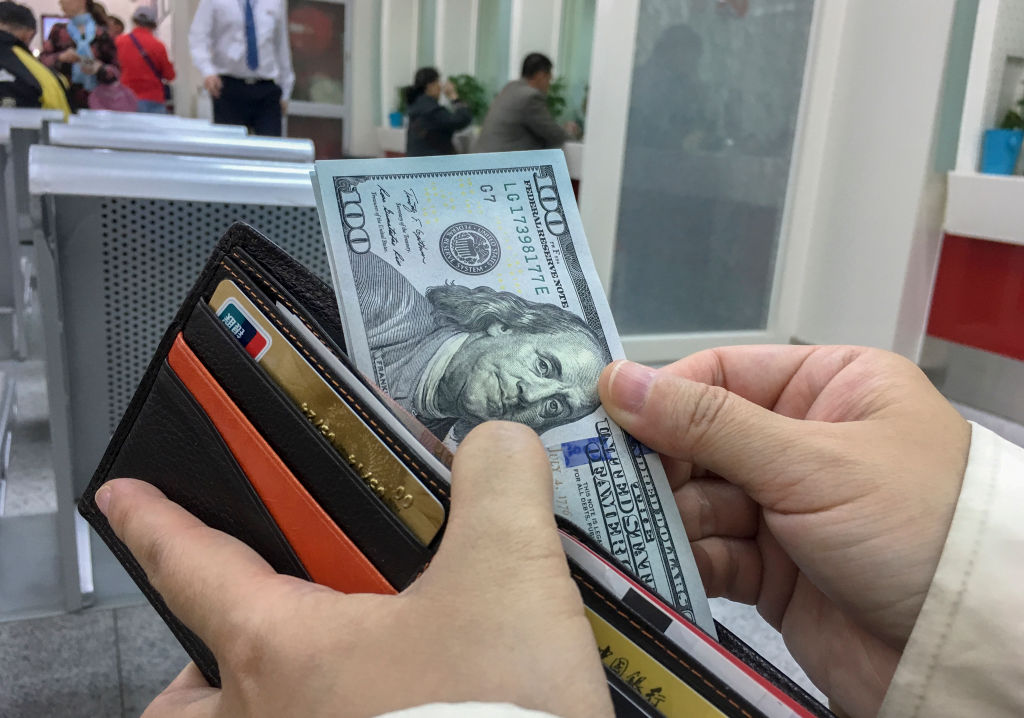
The Upside-Down Car Purchase Danger
Regardless of individual or household budget, a car purchase is going to be necessary at some point for people in the United States. Although mass transit, ride-sharing, and a hyperloop, are all making headways, there is going to come a time when either a big check will be signed to purchase a car outright, or a car loan is ratified for the purchase of a vehicle. For those on a shoe-string budget, it’s too easy to get caught in an upside-down loop.
What Does it Mean To Be Upside-Down?

Finding the car of your dreams is easy when there is no budget restriction. On the other hand, it is more difficult to find suitable transportation when one is on a shoe-string budget. Choosing the wrong vehicle could unknowingly put the Purchaser into an upside-down situation. That is, a situation that will yield negative equity. What is negative equity? It means that the Purchaser will owe more on the remaining loan than the vehicle is worth at the time of trade-in.
Often manufacturers will offer incentives to make the purchase of a vehicle more attractive. For example, consider a shiny new vehicle of around $30,000. Hypothetically, the manufacturer has an incentive of $5,000 off. That’s great! Right? Not necessarily.
Owing More Than the Car is Worth

In the same example as above, a shoe-string budget purchaser is going to request a lower payment. So, the Finance person at the dealer looks at options and proposes to the Purchaser that extending the term of the loan would be an option that could save $40 monthly. So, now the Purchaser is thinking they are getting that shiny new vehicle with a $5,000 incentive, and a lower monthly payment than originally presented. Oh, happy day!
Not As Good As Thought
Here’s the problem. Some vehicles depreciate tremendously. Every year numerous news outlets are reporting on cars that held their value the best, and conversely, those vehicles that depreciated the most. For the Purchaser on a shoe-string budget, the vehicles that depreciate the most are of utmost concern because purchasing the wrong car could end up leaving the consumer with negative equity if they decide to trade-in before paying the vehicle off. This is an upside-down situation.

How a Long Term Can Hurt
In the example above, the Purchaser liked the $30,000 vehicle, but purchased it after incentive for $25,000. Loan terms can be extended over 10 years for a select few. For this example, the Purchaser is so tight on a budget that they signed up for the eight-year term for the loan and saved those extra $40 by paying $260 monthly.
But, in five years, the Purchaser got tired of the vehicle after putting some normal wear and tear on it. At five years, that vehicle depreciated and is worth $4,000, but the Purchaser still owes $9,400. That is a negative equity yield of $5,400 that must be overcome before considering the next vehicle.
Not a Pretty Picture
It’s easy to see how the example above could spiral out of control. At the end of five years, the Purchaser might think that finding a new vehicle with even greater incentives will cover the $5,400. Then they could again request an even longer-term. This is an endless and dangerous financial loop.

How to Avoid Being Upside-Down
The Purchaser should avoid this situation and be prepared to speak with the finance person at length as well as research vehicle values of the new and a used model. Discussing the actual cash value or residual value (value of the vehicle at the end of the term) is beneficial. Additionally, having a sizeable down payment goes a long way. It not only makes your loan application stronger, but it helps in lowering the monthly payments without the need for longer terms. If none of this helps, then consider that it might not be the right time to buy that vehicle, regardless of how attractive it might be.


